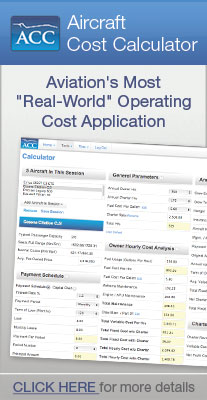Podcast: Play in new window | Download
To make smart business aircraft decisions, you’ll need real-time, comprehensive industry intelligence. Data! For aircraft principles, partners, and passengers… this data helps you determine how to move your asset on the chess board.
In this episode, Paul Cardarelli from JetNet, the world leader in aviation market intelligence since 1988, joins the show to help us answer the question: How does industry data impact the risk/value decisions you’ll face with a business aircraft on your books?
Residual Value Turbulence
Looking through a residual value lens, these are trying times for business jet (turboprops excluded) holders. Although the jet sales business remains valued at $20B, the industry is experiencing aircraft depreciation rates at unprecedented levels due to oversupply since the recession. The feeling is: expect this to last for two more years (into 2019). And, as Paul explains, the JetNet data supports this reality. Of surveyed business jet operators, 49% have put the “buy decision” on hold for two more years. Uncertainty slows production and prosperity, no matter the market.
A Market Downturn Means
Possible pause. Smart business aircraft owners and operators monitor the lifecycle of their jet(s) to match the buy/sell cycle with the various value metrics that matter to them (mission, maintenance, money, etc.). Whereas new, factory-delivered jets were normally thought to depreciate at 3% to 5%, rates experienced today are closer to 8% and 10%. In five years, a brand new aircraft could be worth 50% of it’s purchase price.
Pre-Owned Jet Economic Viability
This asset-value reality, coupled with required regulated equipment upgrades (primarily avionics) and manufacturer support-cancelation for outdated products, might make you the last owner of a 20+ year old aircraft. For these birds, it’s time to make a thoughtful decision: Is the investment to keep the 20+ year aged aircraft in compliance going to be worth it? Do you hold a 10 to 15 year old business jet? Well, the market is starting to become less favorable for you, too. For example, aircraft financiers can be disinterested in writing loans on aircraft over 15 years old. Plugging accurate data into the “economic viability equation” will clarify your used aircraft purchasing options.
Be a Business Aircraft Buyer
If you’re entering business aviation as a concept buyer, or if you’re moving from one aircraft category to another (example: piston to light jet), the low residual values discussed above have built a low-cost pre-owned aircraft buffet to purchase from. If you’re already holding an older business jet, the low residual values might mean it’s time to make upgrades. Think new paint, new interior, or installing internet. Until the business aircraft fleet right-sizes itself in the coming years, deals abound!
Information Improves Results
In the show, Paul explains JetNet’s value as aviation industry information gatherers and interpreters. Their is no other agenda for this family-owned firm. JetNet’s 50+ researchers connect with aircraft owners and operators to collect data and ensure your asset is correctly reflected in the marketplace. Subscribers to JetNet’s data (aircraft dealers, manufactures, financiers) look at this data to understand how best to serve you, the business aircraft owner or operator.
Mentioned in the Show
Paul Cardarelli: paul@jetnet.com
Heli Expo 2017
EBACE 2017
Your Opinion?
What aviation data drives your buy/sell decisions? Share your feedback below, or with me directly here.
Subscribe in iTunes | Give an iTunes Rating (here’s how)





